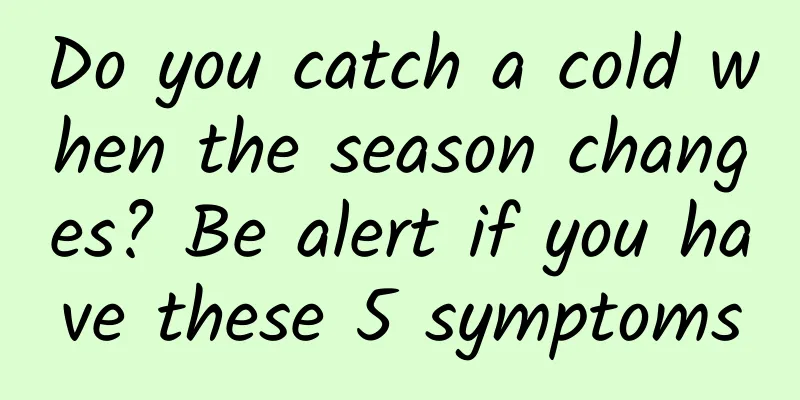Can a "hole" melt an iceberg?

|
In 2014, American baseball player Pete Frates initiated the "Ice Bucket Challenge", which was followed by many sports, technology and entertainment celebrities, and its influence quickly expanded to the world. The event aims to raise research funds for ALS and increase public awareness of the disease. Ice Bucket Challenge (Photo source: veer photo gallery) Amyotrophic lateral sclerosis (ALS) is also known as "loose freezing" because people with this disease feel as if their bodies are gradually frozen: today it may be fingers, tomorrow it may be arms, and finally it may spread to legs, trunks, and even throat muscles, respiratory muscles... Such patients are commonly known as "loose freezing people". Although the symptoms are obvious, the exact cause of the disease is still unclear. The disease is listed as one of the "five incurable diseases in the world" by the World Health Organization, along with cancer, AIDS, leukemia, and rheumatoid arthritis. ALS (Photo source: veer photo gallery) ALS is a neurodegenerative disease that develops in adults and progresses rapidly. The most notable feature is the degeneration and death of upper motor neurons and lower motor neurons. Upper motor neurons connect the brain to the spinal cord, while lower motor neurons connect upper motor neurons in the spine to the muscles of the body. Motor neurons are cells responsible for voluntary muscle contraction and are mainly involved in movement and important physiological functions such as swallowing, vocalization and breathing. The degeneration of both means that the muscles they control gradually become weak and atrophy. A patient with ALS described his physical condition like this: he needed someone to help him walk the 5-meter distance from getting up to the bathroom, his swallowing and expectoration became worse, his breathing began to fail, he had to wear a ventilator all night, and his body functions declined across the board. This may be the most desperate moment for ALS patients: they gradually lose control of their bodies, but they are powerless. Since ALS cannot be cured at present, are there any drugs that can relieve the symptoms? Part 1 Two drugs approved for clinical use Currently, there are only two drugs approved for the treatment of ALS: Rilutek and Edaravone. The active ingredient of Rilutide is riluzole, which can block sodium ion channels and is a glutamate inhibitor (it is generally believed that excessive glutamate can be neurotoxic, and many ALS patients have abnormally high levels of glutamate in their bodies). This drug can control the glutamate content in nerve cells and may be effective for ALS, but its specific treatment mechanism has not yet been determined. Edaravone is currently mainly used for cerebrovascular diseases to eliminate free radicals produced in cells after ischemia and protect blood vessels, but its mechanism for treating ALS is currently unclear. Riruta and Edaravone can only prolong the survival of ALS patients and must be used in the early stages of the disease. They have no therapeutic effect on patients in the late stages. ALS patients still need more effective drugs to save them. Scientists have been continuously exploring the development of drugs to treat ALS. Treating ALS (Photo source: veer photo gallery) Part 2 New progress in research on the pathogenesis of ALS Why is it so difficult to develop drugs for ALS? This is mainly due to the complexity of the pathological mechanism of ALS. The pathological mechanism of ALS involves multiple cell types and molecular pathways, and the core issues include gene mutation, protein aggregation, neuroinflammation, ion channel and neurotransmitter imbalance, axonal transport disorder, mitochondrial dysfunction, RNA metabolism abnormalities, and disruption of intercellular communication. These mechanisms interact with each other, leading to the gradual degeneration and death of neurons. Among them, the mechanism of ion channel and neurotransmitter imbalance refers to the abnormal increase in cell excitability caused by calcium ion homeostasis imbalance and increased glutamate, which triggers cell death. In view of this situation, it is particularly important to strengthen research on the pathological mechanism of ALS. In May 2023, researchers from the Shanghai Institute of Materia Medica, Chinese Academy of Sciences, conducted new research on the mechanism of ion channel and neurotransmitter imbalance. The researchers discovered an anion channel CLCC1 located in the cell, which can assist in the release of calcium ions and regulate ion balance. The loss of CLCC1 function will disrupt the intracellular ion homeostasis and induce pathological changes associated with ALS, so it may be a potential drug target. The researchers sequenced the genomes of 670 sporadic ALS patients and 1,910 controls (healthy people). They found eight gene mutations related to CLCC1 in the patients' gene sequences. These mutations impaired the calcium ion release of the CLCC1 channel. In addition, the researchers found accumulation of misfolded proteins in the brain and spinal cord of the mutant mice, which is consistent with the pathological changes in ALS patients. In the choline acetyl transferase (ChAT)-positive spinal motor neurons of mice, reducing CLCC1 led to ubiquitinated inclusion bodies and dislocation of TDP-43 protein (TAR DNA binding protein-43), which is the pathological hallmark of ALS and motor neuron loss. Therefore, this study revealed that damage to CLCC1, a "small pore" located in the mitochondria, may be the basis for the etiology of many neurodegenerative diseases, especially one of the important causes of ALS. If a corresponding drug is found to enhance this channel in the cells of ALS patients, a new ALS treatment drug may be developed. References: Guo L, Mao Q, He J, Liu X, Piao Author: Zhan Li (Shanghai Institute of Materia Medica, Chinese Academy of Sciences) Producer: China Science Expo This article only represents the author's views and does not represent the position of China Science Expo |
<<: The "flying dragon" in the sky is not a simple chicken
Recommend
Really solve your pain points, those conscientious Android-exclusive applications: Privacy tools
The openness and freedom of the Android system ar...
Read "The Demonic Daddy in the City" for free, and watch the finale of "The Demonic Daddy in the City" by Ye Chen for free!
Five years ago, Ye Chen was thrown into the river...
Using convolutional autoencoders to reduce noise in images
Preface I was too busy at work this week. I wante...
A comprehensive guide to ASO optimization and promotion, sharing of practical tips on APP promotion that doubled downloads!
In three months, I went from being a complete nov...
What technologies are needed to develop mini programs? What technologies are used in WeChat mini program development?
With the continuous promotion of mini programs, m...
The most important weapon of the country, fighting for the sea
recently The world's first 16MW offshore wind...
Tips for flooding the screen with Wechat Loan’s new customer acquisition activities!
I’m sure you were all flooded with messages about...
Top 50 Private Domain Tricks of Brands
If 2020 is the first year of private domain, 2021...
How should APP push messages?
According to my experience, the overall push cons...
Why does Weijing dare to "touch into porcelain" Xiaomi?
Two months later, Xiaomi TV finally brought the p...
It is not recommended to eat this part of the chicken! Many people don't know and still eat it...
Chicken has high nutritional value and is cheap, ...
Samsung's star phone is in tragedy again! The folding screen worth tens of thousands of yuan can't last more than two days, the screen is black, and the honey bulges
This article is reprinted with permission from AI...
If you were stranded on an island, could you use seawater to make salt and eat it?
Being shipwrecked and stranded on an island is a ...









